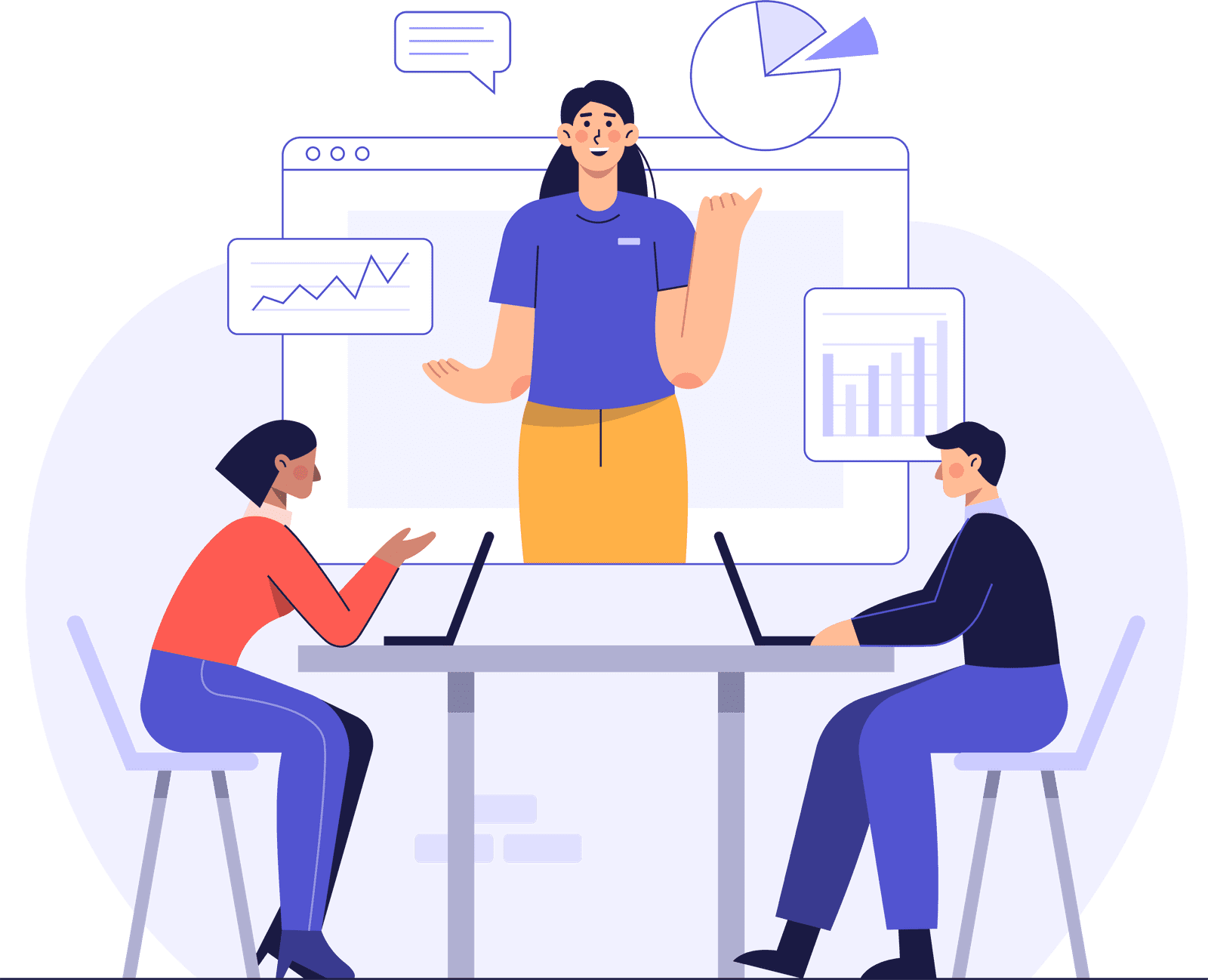IBM Cognos Analytics 11 Course Content
The IBM Cognos course by MindMajix delivers core modules to deliver skills that include current job market needs. MindMajix trainer community with highly reputed trainers come together to curate the curriculum, which covers the topics of the latest certifications and skills employers expect from trained individuals. Our IBM Cognos online training curriculum covers the following concepts:
Data Warehouse Basics
Learning Objectives –
In this module, you will be introduced to business intelligence, data warehousing concepts like the architecture, its characteristics.
Topics –
- Why should we consider Data Warehousing solutions?
- Definition of Data Warehouse
- Characteristics of DWH
- Difference between DW’s and OLTP
- DWH Life Cycle
- DWH Architecture
- Dimensions & Facts
- Star Schema & Snowflake Schema Design
Cognos Architecture and Analytics Administration
- What is IBM Cognos Analytics?
- Examine IBM Cognos Analytics UI elements
- Run and view reports
- View the run history of a report
- Organize content with folders and shortcuts
- Customize report outputs by using report views
- Schedule single and multiple reports
- Backups-Export of Cognos Content
- Create a Data source
- Deployment
- Users, Groups and Roles
Introduction to Query Studio
- List the packages available for reporting
- Understand report types
- Add and save data to ad hoc reports
- View data by using charts
Create Reports in Query Studio
- Create a list, grouped list, and crosstab reports
- Calculate and sort report data
Enhance Reports in Query Studio
- Highlight report items using conditional styles
- Focus the scope of a report using filters
- Format report objects
IBM Cognos Framework Manager: Relational Metadata Modeling
Learning Objectives – In this module, you will be introduced to IBM Cognos Framework Manager and you will understand the workflow process. You will also learn how to set relationships, perform calculations, apply filters and create star schema among the various query subjects.
TOPICS –
- Introduction to Framework Manager
- User Interface, Navigation, Objects
- Designing Project
- Create project
- Importing Metadata
- Working with Data Source Connections
- Create and Modify Data Sources
- Preparing Relational Metadata for use in Reports
- Verifying Relationships
- Working with Dimensions
- Working with Query Subjects
- Working with Query Items
- Supporting Multilingual Metadata
- Adding Business Rules
- Organizing the Model
- Verify Model
- Set Governors
- Create or Modify Package
- Publish Package
- Object ,Data and package security
- Making Metadata Available to Report Authors
- Edit Governors
- Guidelines for Modeling Metadata
- DMR model – Regular Dimensions, Measure Dimensions, Scope Relationship
Advanced Report Authoring
- Learning Objectives – This module is a deep-dive into report authoring, linking two reports and displaying one report layer based on others using prompts? You will be given an opportunity to use union, intersection and join operations. You will acquire knowledge on how to distribute one report contents to various recipients.
Introduction to the Reporting Application
- Examine Report Studio and its interface
- Explore different report types
- Create a simple, sorted, and formatted report
- Explore how data items are added to queries
Create List Reports
- Group, format, and sort list reports
- Describe options for aggregating data
- Create a multi-fact query
- Create a report with repeated data
Create Cross Tab Reports
- Format and sort crosstab reports
- Create complex crosstabs using drag and drop functionality
- Create crosstabs using unrelated data items
Present Data Graphically
- Create charts containing peer and nested columns
- Present data using new chart type options
- Add context to charts
- Present key data in a single dashboard report
Focus Reports Using Filters
- Create filters to narrow the focus of reports
- Examine detail and summary filters
- Determine when to apply filters on aggregate data
Focus Reports Using Prompts
- Identify various prompt types
- Use parameters and prompts to focus data
Extend Reports Using Calculations
- Create calculations based on data in the data source
- Add run-time information to the reports
- Create expressions using functions
Design Effective Reports
- Enhance report design with report objects
- Reuse objects within the same report
- Share layout components among separate reports
Customize Reports With Conditional Forming
- Create multi-lingual reports
- Highlight exceptional data
- Show and hide data
- Conditionally render objects in reports
Drill-Through from One Report to Another
- Let users navigate from a specific report to a target report
Analysis Studio
Analysis Studio Fundamentals
- Define the fundamental terms of Analysis Studio
- Explain how to insert objects
- Define and create sets
- Identify the work area, overview area, and properties pane
Tools for Investigation in Analysis Studio
- Employ drilling down and up to different levels of detail
- Apply changes to rows, columns, and measures in the analysis
- Explain how to change the display of data
- Use charts to display data graphically
Nest Data in Cross Tabs in Analysis Studio
- Apply depth to rows and columns by nesting data
- Recognize drill behaviour in nested rows and columns
- Demonstrate how to swap nested levels
Build Advanced Cross Tabs in Analysis Studio
- Demonstrate how to view a complete level of data
- Design a crosstab without retrieving data
- Compare multiple measures
- Apply stacked sets to the crosstab
- Construct an asymmetrical crosstab
- Compose a custom sort
Focus with Filtersin Analysis Studio
Apply Filters Using Expressions
- Apply filters using the Context area
- Create top and bottom lists
- Use several techniques to remove rows and columns







